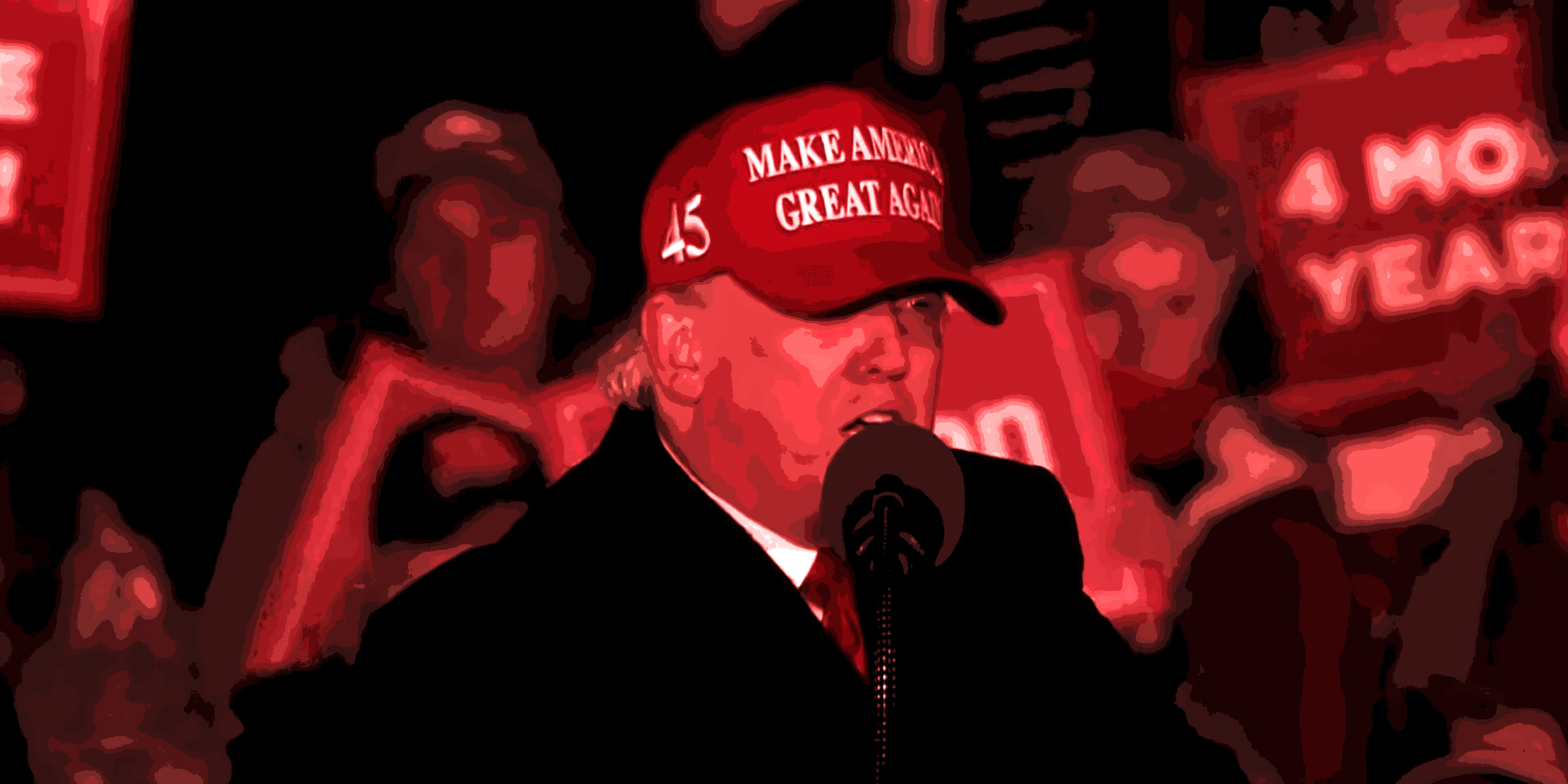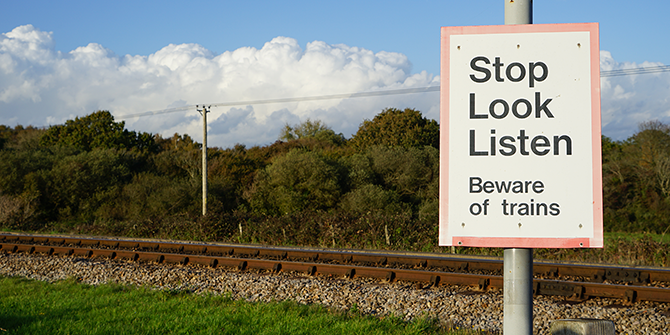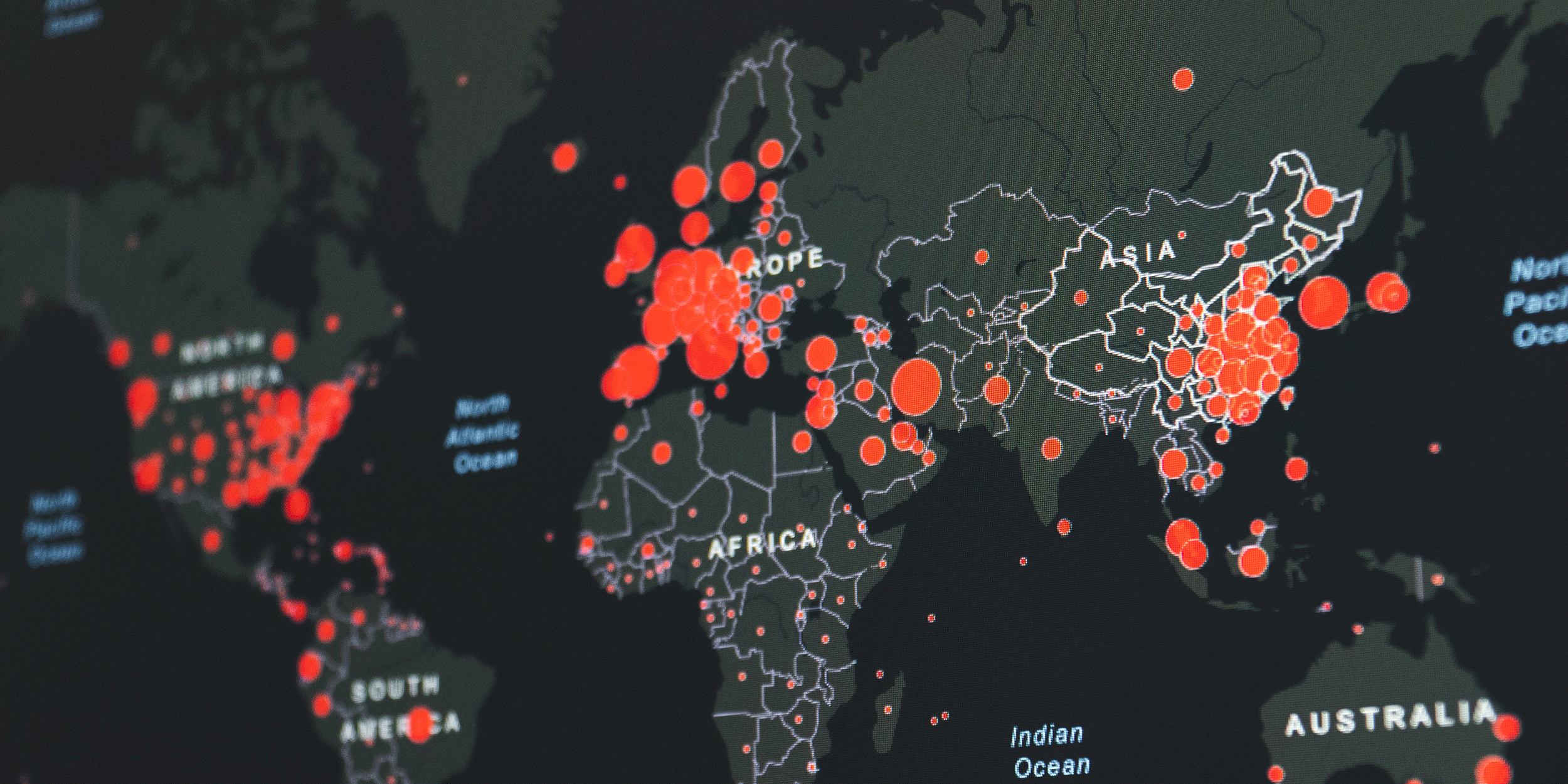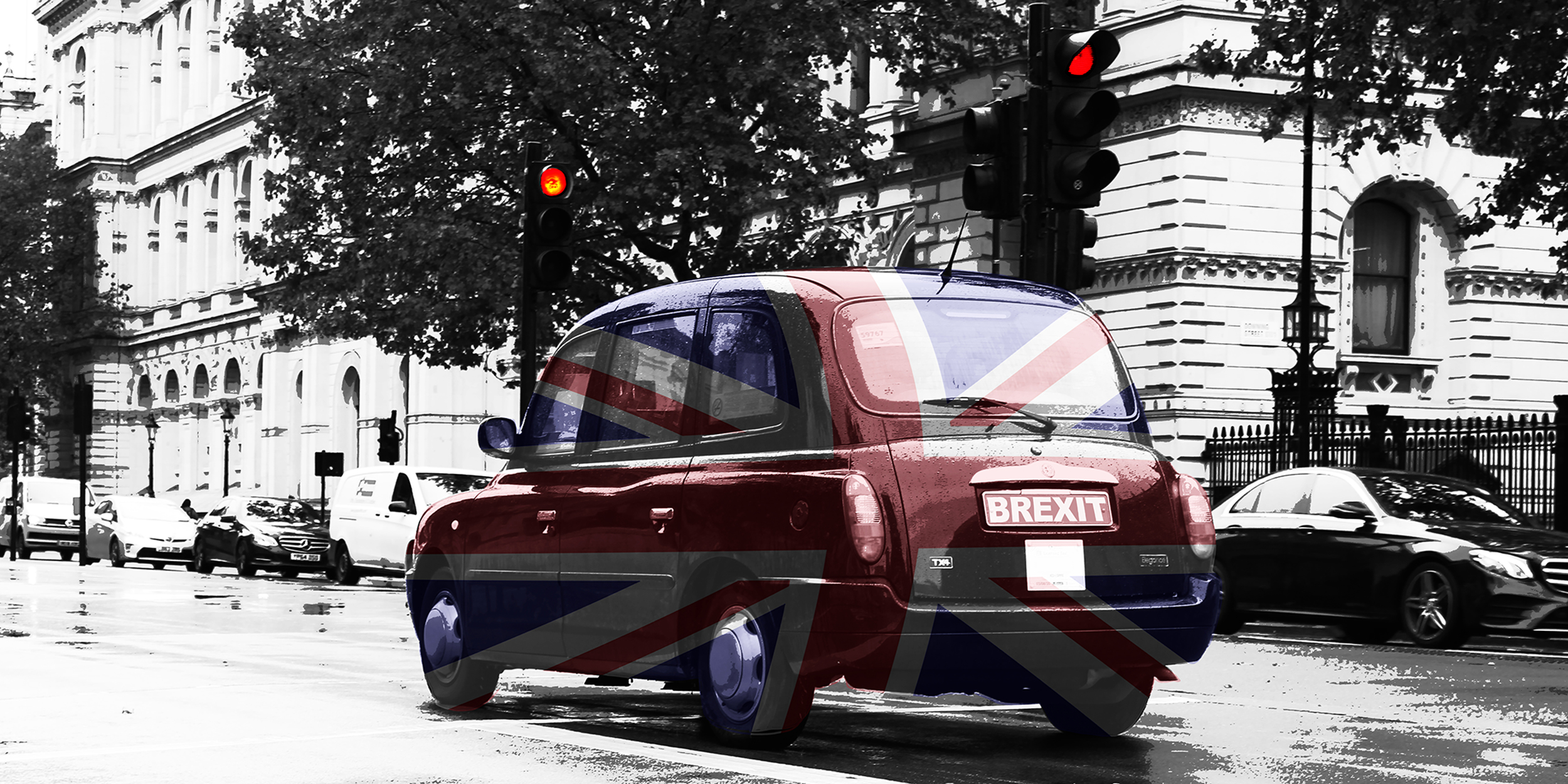Ariel Perkins examines the complex mix of forces behind scenes of insurrection at the heart of US democracy.
As dust settles from the scenes of insurrection that unfolded at the US Capitol Building on Wednesday, one of the prevailing takeaways for domestic commentators is the failure of national security in light of the publicized intentions of the insurrectionist mob. What should be even less surprising for many observers is the mixture of conspiracism, white supremacy, and political distrust on public display in the rioters’ chants, attire, flags, signs, graffiti, and social media posts. Images of an insurrectionist carrying a confederate flag on the second floor of the US Capitol are now infamous, as is the face of the ‘QAnon Shaman.’
While it is tempting to disregard or underestimate the appeal of fanatical views inspired by QAnon, Wednesday demonstrated that these conspiracies and the political distrust that fuel them are to be taken seriously. Allegations of electoral fraud are only the latest iteration of QAnon-related conspiracies pedaled by Donald Trump and his associates: a pattern which stretches back to the ‘birtherism‘ movement and the 2017 ‘Pizzagate‘ shooting in northwest Washington, DC. Before Q, the New World Order theory inspired or at least helped frame other acts of domestic terrorism, such as Timothy McVeigh’s 1995 bombing of the Alfred P. Murrah Federal Building in Oklahoma City.
Conspiracy belief sustains itself through a circular logic system that discounts centers of authority and knowledge and assigns blame for current events to the forces of good and evil. Both the anti-Semitic New World Order conspiracy and QAnon theories point to the danger of satanic global elites intent on government take-over, often through efforts at mind control and violent suppression of US citizens. In these worldviews, conspirators control the core functions of society, such as government, banking, media, and education, meaning that these sources cannot be trusted.
Distrust of centralized sources of authority and knowledge was only exacerbated during the Trump Presidency. Wednesday shows us how dangerous conspiracy can be when legitimized and mobilized by political leaders. Reports suggest that at least one former and two active state representatives took part in Wednesday’s insurrection: Derrick Evans of West Virginia, and Rick Saccone and Doug Mastriano of Pennsylvania. As Donald Trump leaves office, direct support for QAnon remains in Congress through newly elected Representative Marjorie Taylor Greene.
Media reports since the attack have described the pro-Trump crowds as insurrectionists, terrorists, mobs, and rioters. The first two characterizations – that of insurrectionists and terrorists – are significant as they assign motive and intent to the actions of those storming the Capitol on Wednesday. Rather than a directionless mob, the insurrectionist crowd descended with the intent to disrupt the certification of electoral college votes. The imagery the insurrectionists decided to carry with them is similarly significant and intentional.
When Giuliani and Trump incited the crowd to overturn the election with “trial by combat,” they reaped the fruits of decades of white supremacist systems, political distrust, polarization, socioeconomic inequality, and paranoid politics. On the night of the attacks, late night host Seth Meyers summarized, “we can be shocked, but we can’t be surprised.” White supremacy and conspiracism both offer justifications for vigilante justice and political violence and have been used by violent actors throughout US history. Conspiracy is a natural bedfellow for racist populism in its anti-elitism and search for scapegoats.
As part of my doctoral research, I have spent the last three years interviewing arms groups and gun rights activists across the political spectrum, including right-wing militia groups, QAnon adherents, and Sovereign Citizens. During my interviews, some militia members referenced conspiratorial fears as a motivation for their membership. However, many more of my interviewees pointed to more mundane reasons for their arms training: the need to defend oneself and one’s family during times of societal chaos and natural disaster. My interviewees are not alone: domestic gun sales soared during the Covid-19 pandemic. Beneath my participants’ activism is a fundamental uncertainty that government can provide for individual citizens in times of crisis.
My participants are non-violent and focused on community-oriented and defensive arms training, however, this is not the case for all right-wing groups or their members across the United States. On Wednesday, individuals were photographed sporting the insignias of national militia organizations such as the Oath Keepers and III% militia. As the actions of Wednesday are hopefully prosecuted, and data emerges from the insurrectionist actors at the Capitol, deeper systemic work will need to be done to reestablish trust in US political institutions, promote critical education, dismantle white supremacist systems, and reform policing. Ultimately, tackling the forces that led to the insurrection this week will require acknowledging the depths of government distrust likely shared by a wider demographic of Trump supporters than the followers of Q.
Image credit: Photo (c) 2021 Mukul Ranjan
Note: this article gives the views of the authors, and not the position of the LSE Department of Government, nor of the London School of Economics.





